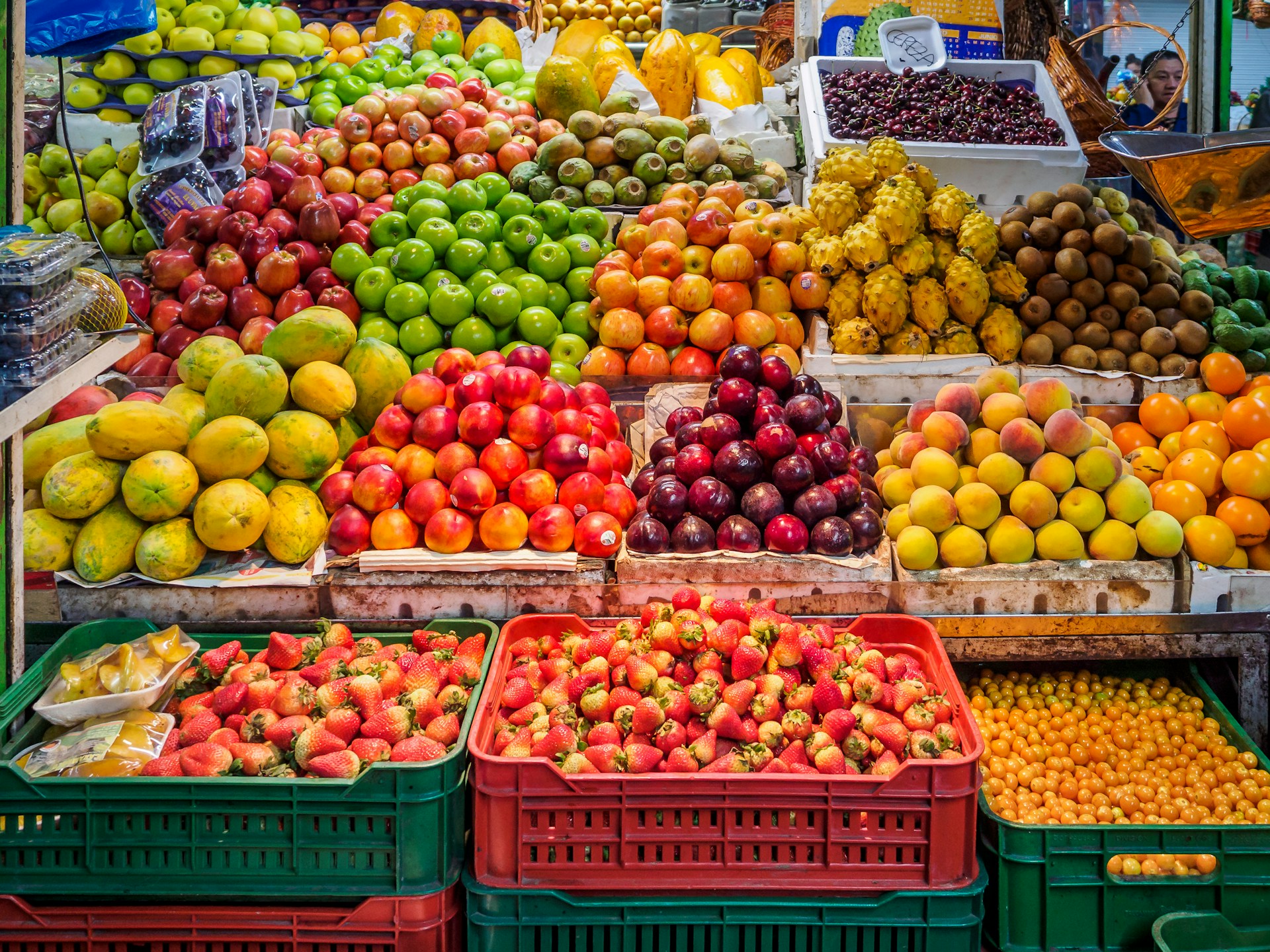Health
Fresh Concerns: Top 12 Produce Items High in Pesticides

While we often consider fruits and vegetables as the healthier alternatives to processed snacks, the reality may be more complex. The Environmental Working Group (EWG), a health advocacy organization, releases an annual guide to inform consumers about the levels of pesticides present in produce. On March 20, the EWG unveiled its 2024 “Dirty Dozen” list, highlighting the 12 fruits and vegetables most contaminated with pesticides.
The latest report from the EWG is based on data from tests conducted by the U.S. Department of Agriculture (USDA) and the Food and Drug Administration (FDA). These tests involved 47,510 samples from 46 different types of fruits and vegetables.
“The USDA peels or scrubs and washes produce samples before they’re tested, whereas the FDA removes only dirt first,” the EWG clarified in its report.
Despite these cleaning methods, the tests detected 254 different pesticides in the produce samples.
“Pesticides are chemicals designed to kill living organisms that are considered pests, including insects, weeds and mold. Even after washing fruits and vegetables, pesticide residues remain on produce,” the EWG elaborates on its website. “Research shows that certain pesticides used on American produce are linked to cancer, hormone disruption, and cognitive and behavioral problems.”
The four pesticides most commonly found in the produce on the Dirty Dozen list were fludioxonil, pyraclostrobin, boscalid, and pyrimethanil, which are also fungicides, the EWG noted.
“Emerging evidence suggests many widely used fungicides may disrupt human hormone systems,” stated EWG senior toxicologist Alexis Temkin, PhD. “But more studies are needed to better understand the risks they—and all pesticides—pose to humans, particularly children.”
To protect yourself, the EWG advises purchasing organic versions of any produce on the Dirty Dozen list. The following fruits and vegetables have been identified as the most pesticide-contaminated, according to the organization’s recent report.
The EWG warns that green beans may contain traces of two insecticides, acephate and methamidophos, which have been associated with harm to the developing nervous system. These chemicals were found in approximately 8 percent of the non-organic green bean samples tested by the USDA in 2021 and 2022.
Blueberries have secured the 11th spot on the EWG’s Dirty Dozen list for two consecutive years.
“The most troubling pesticides found on blueberries were phosmet and malathion, chemicals known as organophosphate insecticides,” the EWG reported. “They kill many types of insects and are toxic to the human nervous system, especially children’s developing brains.”
Over 90 percent of cherry samples tested positive for residue of two or more pesticides, the EWG’s report revealed. The chemicals of concern found on this fruit were pyraclostrobin, linked with liver toxicity and metabolic disorders, and boscalid, associated with cancer and thyroid dysfunction.
Bell and hot peppers were found to have the second highest amount of individual pesticides, with 101 different chemicals detected on these items, according to the EWG.
Apples typically contain more than four different pesticides, some at high concentrations, the EWG warned.
Like cherries, over 90 percent of nectarine samples tested positive for residues of two or more pesticides.
The EWG reported an increase in the number of chemicals found on pears over the years. In its latest report, the organization found that over 60 percent of non-organic pears tested by the USDA contained traces of five or more pesticides, a significant increase from previous tests.
Almost all peaches are contaminated with pesticides, the EWG warned.
“A single peach sample could have traces of up to 19 different pesticides,” the organization stated.
The EWG’s new report also indicated that over 90 percent of grapes tested positive for two or more pesticides.
Kale, collard, and mustard greens were found to have the most pesticides, with 103 individual chemicals detected across these items, according to the EWG.
Spinach, another leafy green, tested positive for an average of seven different pesticides, including permethrin, which has been banned for use on food crops in Europe since 2000.
“At high doses, permethrin overwhelms the nervous system and causes tremors and seizures,” the EWG cautioned.
Strawberries topped the EWG’s Dirty Dozen list, as they are the “fresh produce item most likely to be contaminated with pesticide residues, even after they are picked, rinsed in the field and washed before eating,” the organization reported.
“The average American eats about eight pounds of fresh strawberries a year—and with them, dozens of pesticides, including chemicals that have been linked to cancer and reproductive damage, or that are banned in Europe,” the EWG warned.
Let us know what you think, please share your thoughts in the comments below.

Constance
May 4, 2024 at 11:38 am
Is there organic frozen vegetables and fruit
Miles Bancroft
May 4, 2024 at 12:57 pm
Sure would be nice with all this doom and gloom, no sarcasm here, that you also explain what best negates these murderous contents. I’d love to know how to make my food safer, especially since these are all “healthy” foods, instead of “just buy organic”.